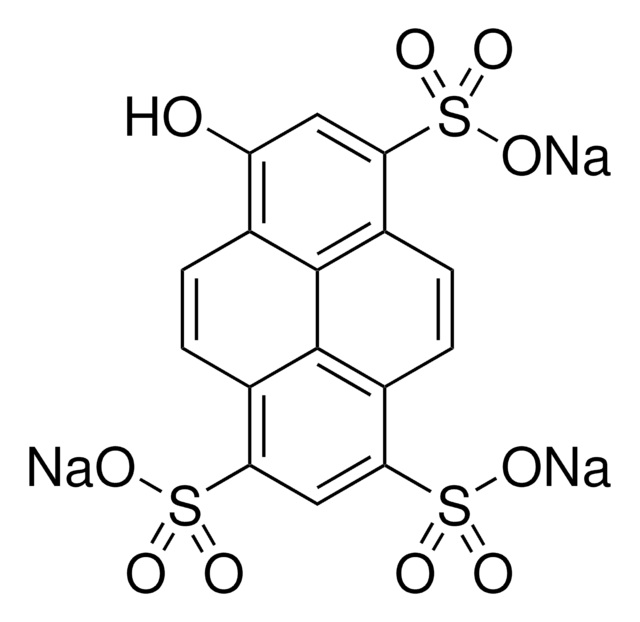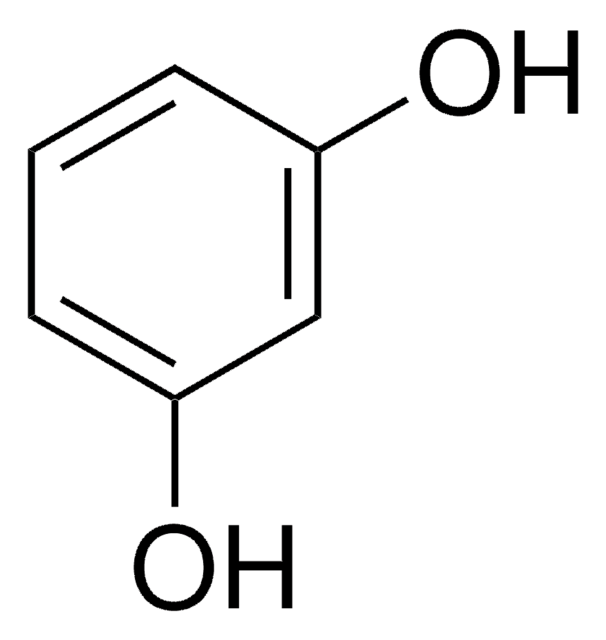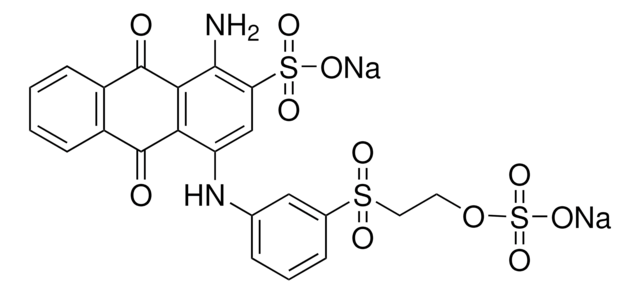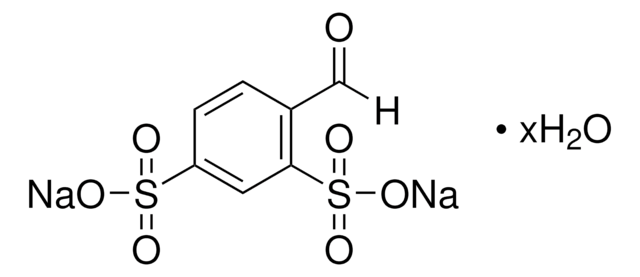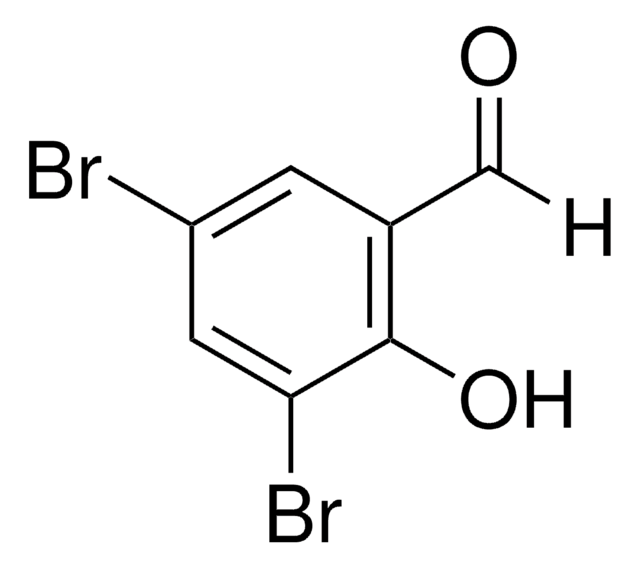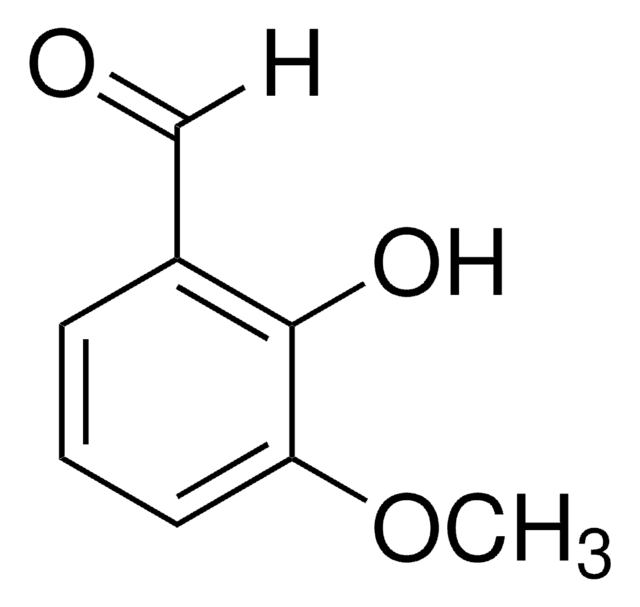45482
Fenaminosulf
PESTANAL®, analytical standard
Sinónimos:
4-Dimethylaminobenzenediazosulfonic acid sodium salt, p-Diazodimethylaniline sodium sulfonate, Sodium [4-(dimethylamino)phenyl]diazenesulfonate
About This Item
Productos recomendados
grade
analytical standard
Quality Level
product line
PESTANAL®
shelf life
limited shelf life, expiry date on the label
technique(s)
HPLC: suitable
gas chromatography (GC): suitable
application(s)
agriculture
environmental
format
neat
SMILES string
[Na+].CN(C)c1ccc(cc1)N=NS([O-])(=O)=O
InChI
1S/C8H11N3O3S.Na/c1-11(2)8-5-3-7(4-6-8)9-10-15(12,13)14;/h3-6H,1-2H3,(H,12,13,14);/q;+1/p-1
InChI key
IWDQPCIQCXRBQP-UHFFFAOYSA-M
¿Está buscando productos similares? Visita Guía de comparación de productos
Application
- Cloning and characterization of GABA transporter
- Activity of anti-RSV carbonucleosides
- Inhibition by fungicides of urea hydrolysis and nitrification of urea nitrogen in soil
Recommended products
Legal Information
signalword
Danger
hcodes
Hazard Classifications
Acute Tox. 3 Oral - Acute Tox. 4 Dermal - Aquatic Chronic 3
Storage Class
6.1C - Combustible acute toxic Cat.3 / toxic compounds or compounds which causing chronic effects
wgk_germany
WGK 3
flash_point_f
Not applicable
flash_point_c
Not applicable
ppe
Eyeshields, Faceshields, Gloves, type P2 (EN 143) respirator cartridges
Elija entre una de las versiones más recientes:
Certificados de análisis (COA)
¿No ve la versión correcta?
Si necesita una versión concreta, puede buscar un certificado específico por el número de lote.
¿Ya tiene este producto?
Encuentre la documentación para los productos que ha comprado recientemente en la Biblioteca de documentos.
Nuestro equipo de científicos tiene experiencia en todas las áreas de investigación: Ciencias de la vida, Ciencia de los materiales, Síntesis química, Cromatografía, Analítica y muchas otras.
Póngase en contacto con el Servicio técnico

